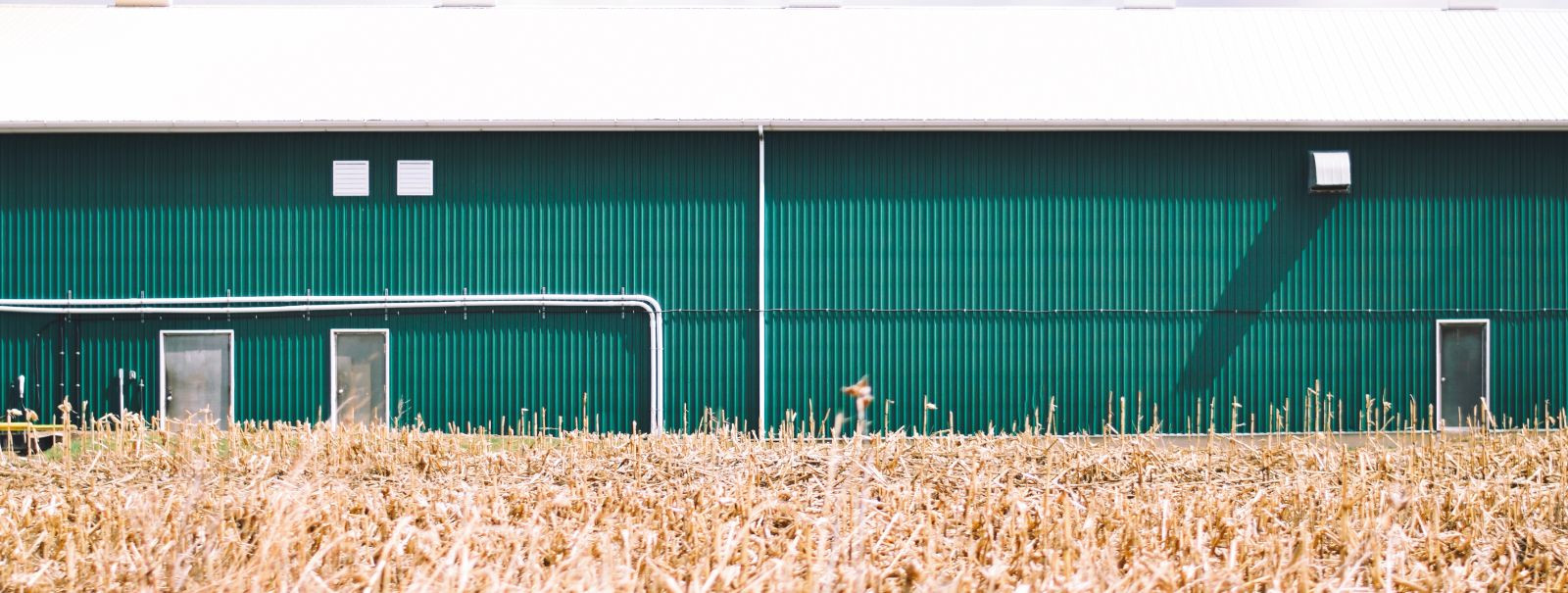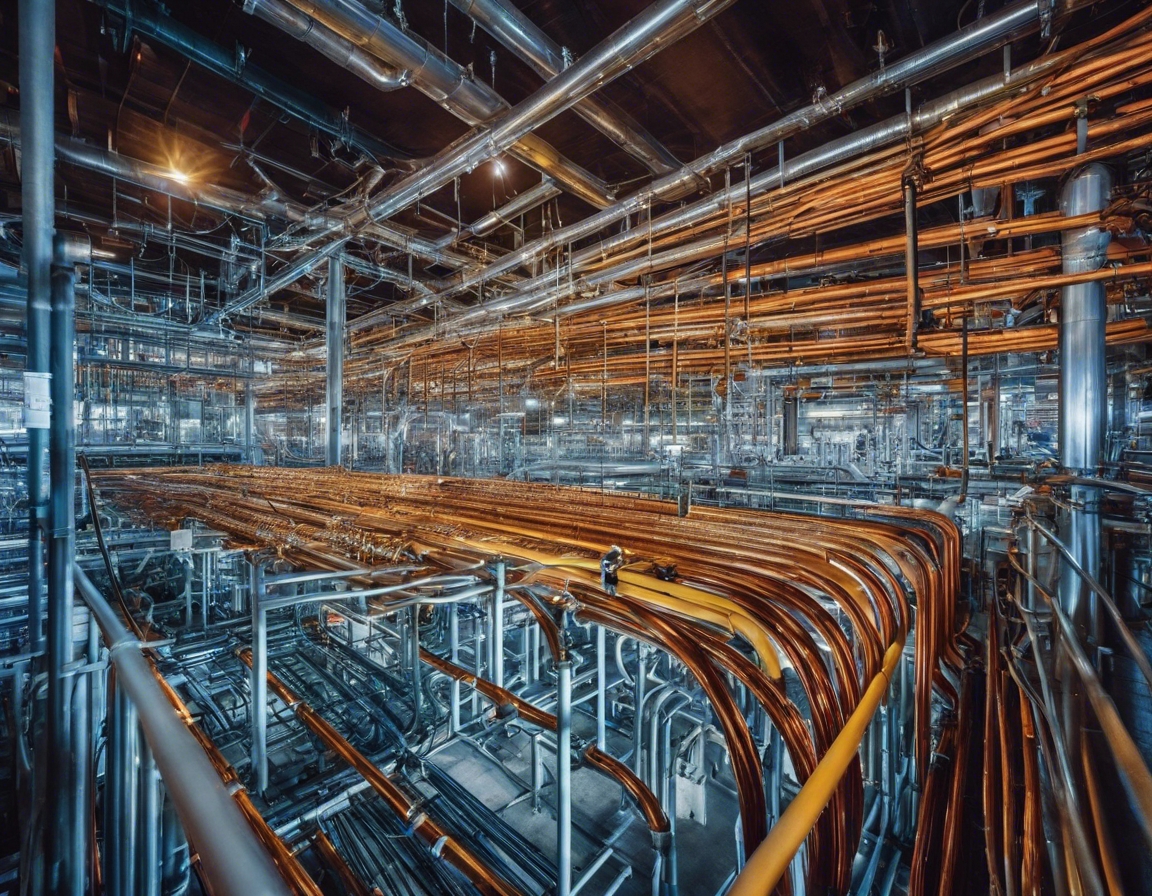Top trends in agricultural building construction
The landscape of agricultural building construction is evolving rapidly, influenced by technological advancements, environmental concerns, and the need for sustainable and efficient farming practices. As a leading construction partner, PLANK OÜ is at the forefront of these developments, offering cutting-edge solutions to our clients.
Energy Efficiency and Sustainability
Modern agricultural buildings are increasingly incorporating renewable energy sources such as solar panels, wind turbines, and biomass systems. These integrations not only reduce carbon footprints but also offer long-term cost savings.
The use of sustainable materials like recycled steel, sustainably sourced wood, and low-VOC (volatile organic compounds) paints and coatings is gaining traction. These materials contribute to a healthier environment and can improve the overall sustainability of agricultural operations.
Enhanced insulation techniques and high-performance building envelopes are critical for maintaining temperature control and energy efficiency in agricultural buildings, leading to reduced operational costs.
Technological Advancements
Smart farming technologies are being integrated into agricultural buildings to optimize production and management. This includes the use of sensors, IoT (Internet of Things) devices, and data analytics to monitor and control various environmental factors.
Precision agriculture techniques are being applied to construction, allowing for more accurate site preparation, building placement, and resource management.
The incorporation of automation and robotics into agricultural buildings is enhancing efficiency and productivity, with automated feeding systems, milking robots, and crop management systems becoming more common.
Design and Aesthetics
Modular and prefabricated construction methods are revolutionizing the speed and efficiency of building agricultural facilities, while also offering flexibility in design.
Agricultural buildings are being designed with flexibility in mind, allowing for multiple uses and easy adaptation to changing needs over time.
Maximizing natural light and ventilation not only improves the well-being of livestock and plants but also reduces reliance on artificial lighting and climate control systems.
Regulatory Compliance and Safety
Staying abreast of the latest building codes and standards is essential for compliance and ensuring the longevity of agricultural structures.
Designing for worker safety and ergonomics is increasingly important, with features that minimize risks and improve the working environment.
Construction designs now often include considerations for food safety and biosecurity, critical for preventing contamination and disease spread.
Cost-Effective Solutions
Value engineering is a systematic method to improve the






Comments (0)